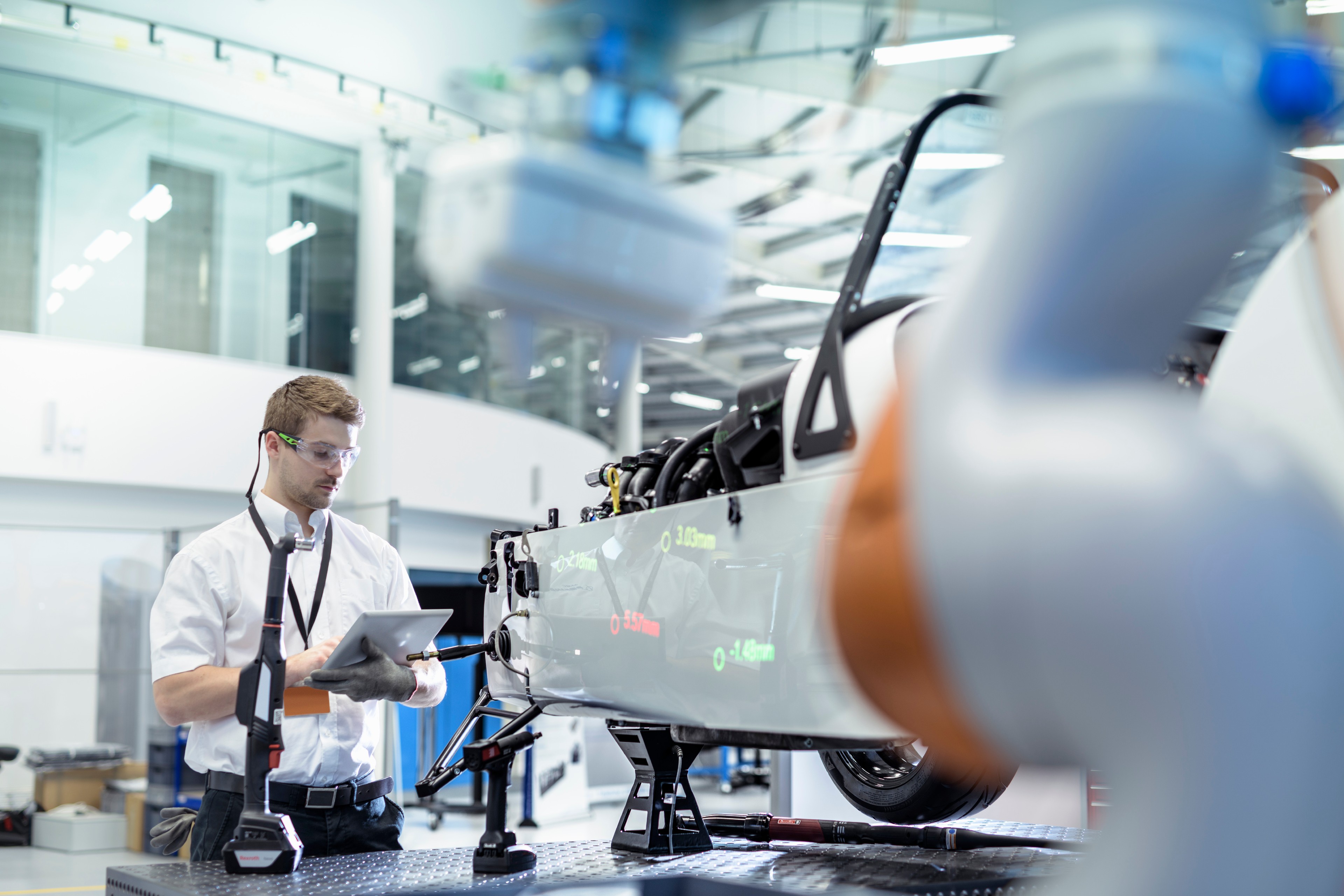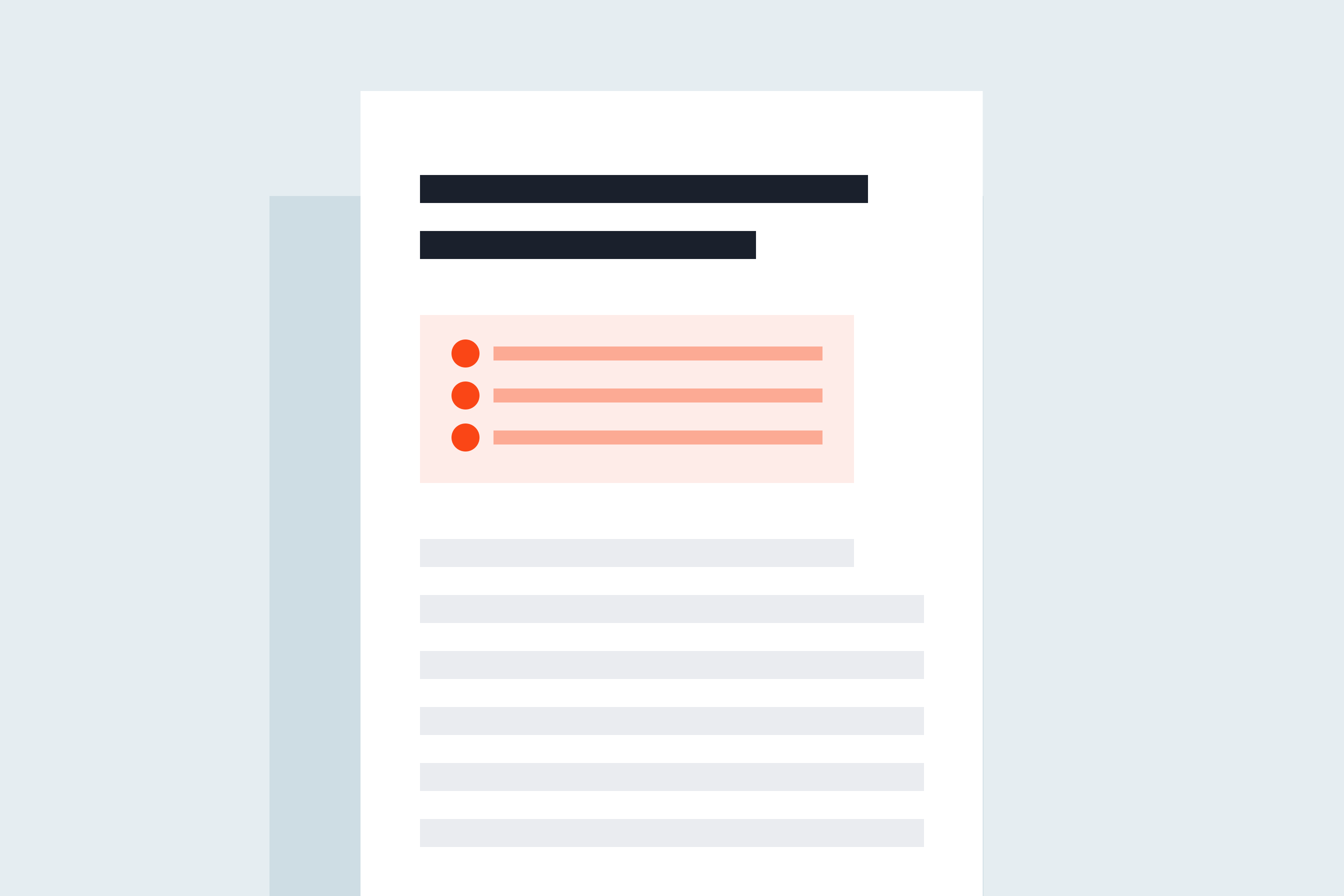Key Takeaways:
- Balanced Approach: HR leaders must balance AI implementation with human skills to soothe job threat fears and foster trust in technology for enhancement, not replacement.
- Ethics and Bias: Mitigate AI bias by partnering with experienced providers, actively questioning results, and striving for ethical AI practices to ensure fair employee treatment.
- Opportunity in Challenges: Utilize AI to identify and develop internal skills, bridge gaps, encourage continuous learning, and support meaningful human connections for organizational success.
Harnessing AI to streamline HR is not a new concept. The technology has often been used to provide insights into employee performance, for instance, identifying trends to help managers and leaders make decisions about progression. Here at Cornerstone, we have our own rich AI legacy, and it is the driving force behind a number of our flagship products – including Skills Graph and Opportunity Marketplace. With our AI, we help organisations connect their employees with relevant learning content, progression pathways, gigs, projects, and much more.

But with the dawn of Generative AI, perspectives around the technology are shifting. AI is accelerating at an unprecedented rate, and organisations are facing pressures to implement it into ever corner of the business even further – and this includes the HR department. This speed has brought with it apprehension, even for HR practitioners that have long used the technology and are aware of the benefits it offers.
Let’s take a look at five of the top fears HR leaders are grappling with.
With daily sensationalised headlines claiming AI will take jobs, it’s no wonder many employees feel apprehensive. As such, when implementing AI, HR leaders must strive for balance. The role of people in the workplace will always be integral, and so AI must be introduced to complement human skills, rather than replace them.
Trust building is also critical here, as well as education around how the technology can assist employees. The way in which HR leaders communicate AI to their workforces will matter hugely, and conversations around its implementation must be focused on enhancement rather than replacement. The process of trusting, and working alongside AI, will not happen overnight for all employees, and HR leaders must have a strategy in place to gradually and empathetically introduce the technology. As employees begin to recognise that AI can allow them to focus on the more strategic and creative aspects of their working day, they will grow more accepting.
For HR staff and employees alike, a worry is that AI algorithms and models might inherit biases from the data they are trained on. The fear is this could result in unfair treatment and discriminatory outcomes across various domains – such as recruitment, performance evaluation, and other employee decision making.
In light of these concerns, it’s crucial to acknowledge that AI, just like humans, is vulnerable to bias and errors. The key lies in minimising the risk of error as much as possible. HR practitioners must therefore be working alongside this technology at all times, constantly questioning its results and looking to unearth any error or bias. Another step HR practitioners can take it to partner with a HR technology provider that has plenty of experience in AI, as well as strong datasets, to minimise ethical concerns such as bias.
Globally, 69% of managers believe that their organisation has a skills gap. Digital skills, in particular, are an area of concern – and so it’s no wonder some HR leaders fear AI’s rapid acceleration will worsen matters.
However, despite the challenges, there is also a huge amount of opportunity here. Harnessing the power of AI could actually illuminate where skills already exist within an organisation’s workforce. AI can be used to identify which skills gaps exist, which skills are already present, and which employees can be developed up to fill gaps. There is huge appetite for internal mobility already, with Cornerstone’s 2023 research on talent mobility study finding that 73% of employees want to know about career opportunities inside their organisation, and so organisations should take advantage of this to help plug skills gaps.

Some HR leaders fear that introducing more AI could lead to dependency on the technology. A concern is that, rather than using the opportunity to focus on being more creative and efficient, certain employees will see a chance to switch off and do less skills building, less critical thinking, and less actual work.
There are a few things to consider here. The first is that, as we have already discussed, AI is still not perfect – it’s prone to errors. Humans still need to be in the picture for the majority of tasks, and so most employees will not simply be able to switch off and hand everything over to AI. Additionally, AI can actually be used as a tool to connect employees with progression pathways and relevant learning content to ensure they are continually developing. Where necessary, HR practitioners can intervene, and encourage employees to harness the power of AI to unearth learning that is tailored to them and their personal interests.
Some HR practitioners and employees may fear that further implementing AI into an organisation could result in less human interaction. With tasks being sped up and enhanced, might employees find less need to interact with their co-workers to get their jobs done? This fear is an understandable one, but once again there is ample opportunity for AI to do the exact opposite.
If we take Cornerstone’s Opportunity Marketplace, for instance. This gives employees the opportunity to seek out pathways and learning of their own accord, which is exactly what they want – with employees 80% more likely to prefer a self-service technology when it comes to unearthing internal mobility options. However, this support actually allows managers to take on a more coaching, pastoral role. With a large part of the internal job hunting handed over to the employee themselves, managers can do check ins with employees focused on their goals, how they’re feeling, and so on. This is just one example of how AI can support more meaningful human connection.
While HR leaders and employees alike may harbour some fears around AI, it’s important to keep sight of the abundance of opportunities that the technology can bring. By taking a balanced approach to implementation, AI can be used as a supportive tool that values human expertise and ethical considerations. HR leaders should embrace AI’s potential, whilst proactively managing its challenges for the benefit of employees and wider organisational success.
Find out more about how to implement AI to improve HR, here.


